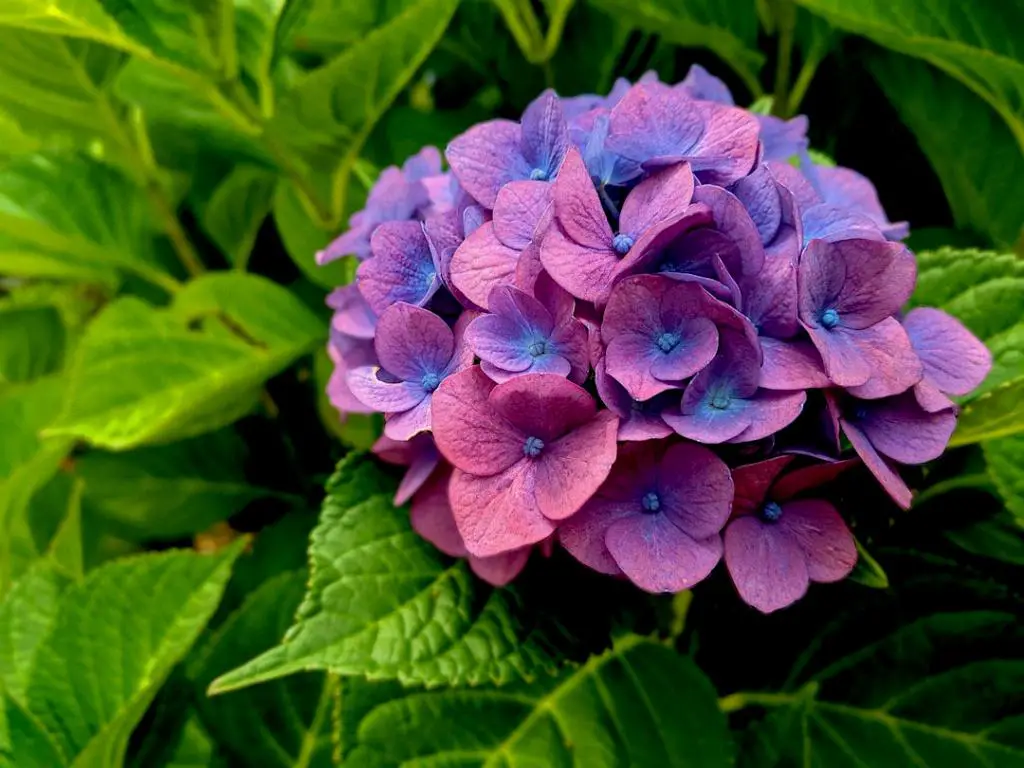Hydrangeas are undoubtedly one of the most beautiful and charming flowering plants that adorn gardens and landscapes with their vibrant colors and lush blooms. However, beneath their stunning exterior lies a potentially dangerous secret that many may not be aware of.
Sadly, the entire Hydrangea plant, from the flower buds to the leaves and stems, contains traces of cyanide, a toxic compound that can pose serious risks to both pets and children if ingested accidentally. This startling fact sheds light on the toxicity of this seemingly innocuous plant.
Exposure to Hydrangea can lead to a range of symptoms, starting with shortness of breath and dizziness, and progressing to more severe effects such as fainting, a rapid pulse, convulsions, and in extreme cases, even death. These potential dangers highlight the importance of being informed about the risks associated with common plants in our surroundings.
Many people may not realize the harmful effects that Hydrangeas can have if ingested, especially by curious pets or young children who may be attracted to the plant’s colorful flowers. It is crucial for pet owners and parents to be vigilant and take necessary precautions to prevent accidental ingestion of this toxic plant.
While Hydrangeas undoubtedly add beauty and charm to outdoor spaces, it is essential to handle them with caution and awareness of their toxic nature. Educating oneself about the potential risks of common plants like Hydrangeas can help prevent avoidable incidents and ensure the safety of both pets and children in our homes.
One must also be mindful of the symptoms of cyanide poisoning that may manifest upon exposure to Hydrangea, such as shortness of breath, dizziness, fainting, and a rapid pulse. Recognizing these signs early on can prompt immediate action and potentially avert a serious health crisis.
It is advisable to place Hydrangea plants out of reach of pets and children, or consider opting for alternative, non-toxic plant species in areas where curious individuals may come into contact with them. This simple precautionary measure can significantly reduce the risk of accidental poisoning and ensure a safer environment for all.
In conclusion, while Hydrangeas may be visually appealing and popular choices for gardens and floral arrangements, it is crucial to acknowledge their potential toxicity and take necessary steps to prevent any harm. Awareness, caution, and responsible plant management are key in safeguarding against the dangers posed by this beautiful yet potentially hazardous plant.

